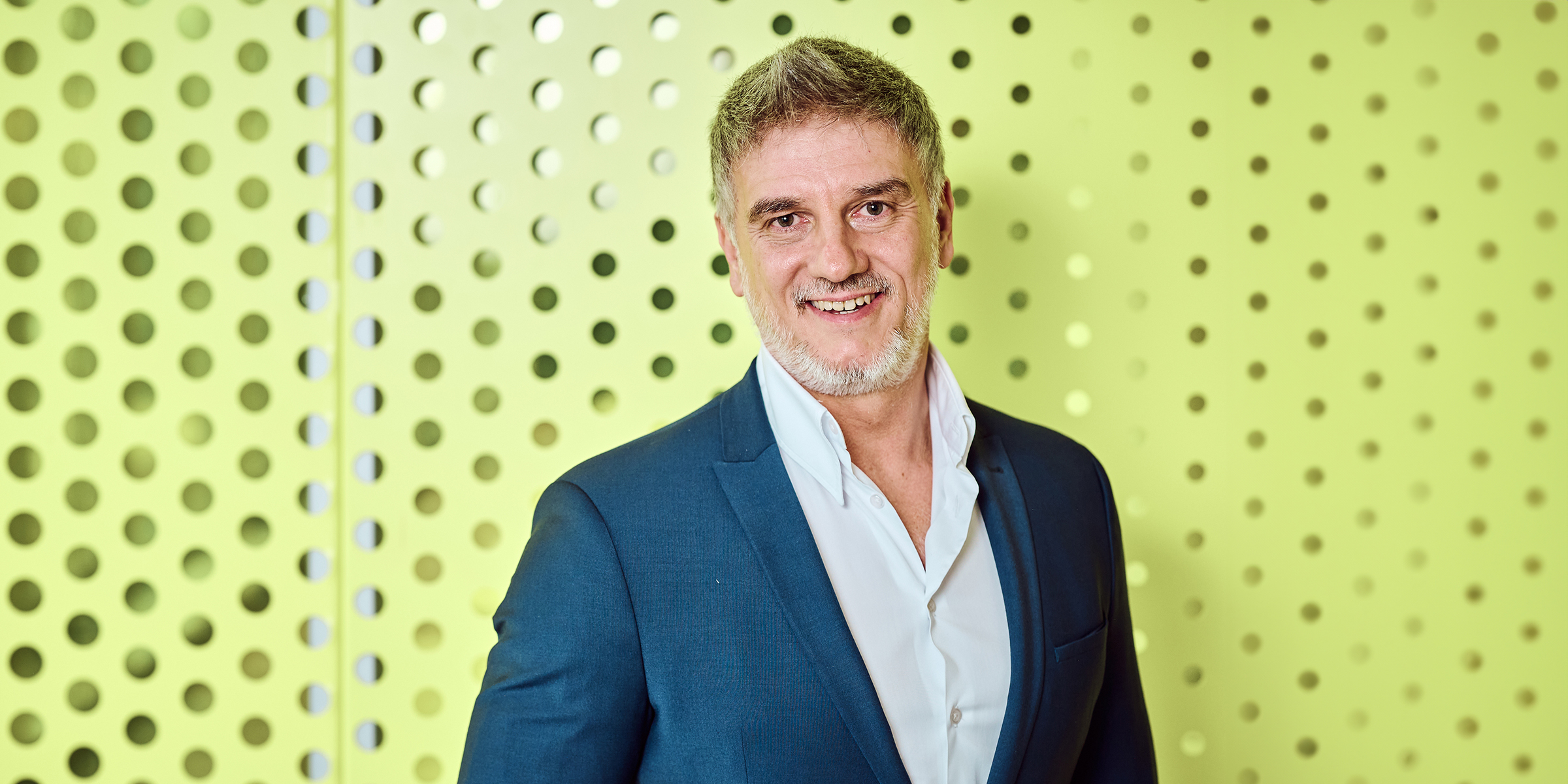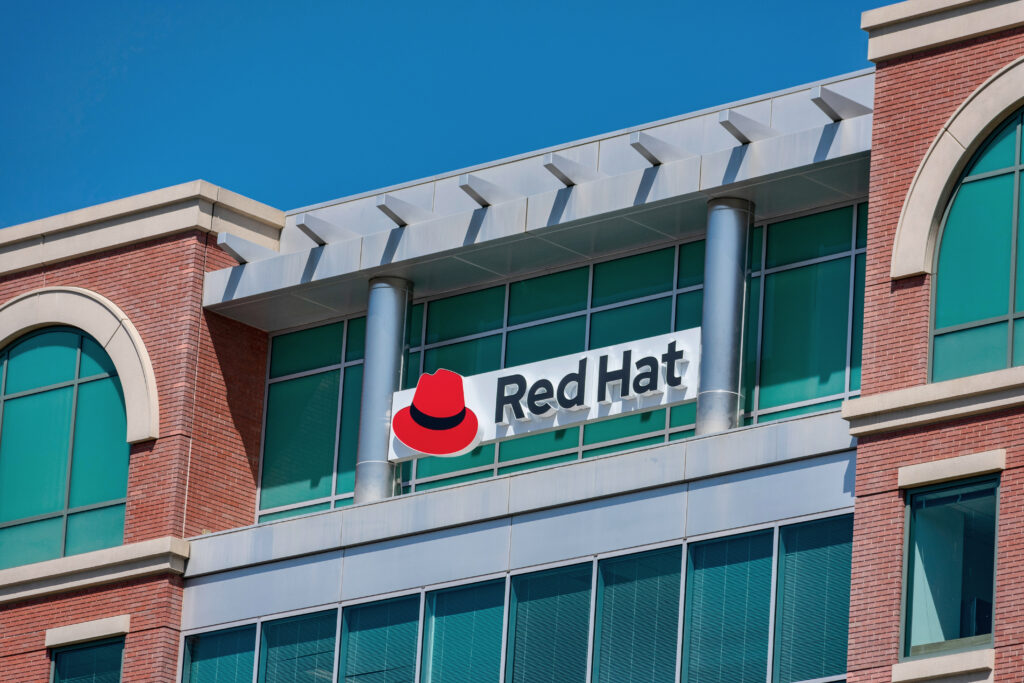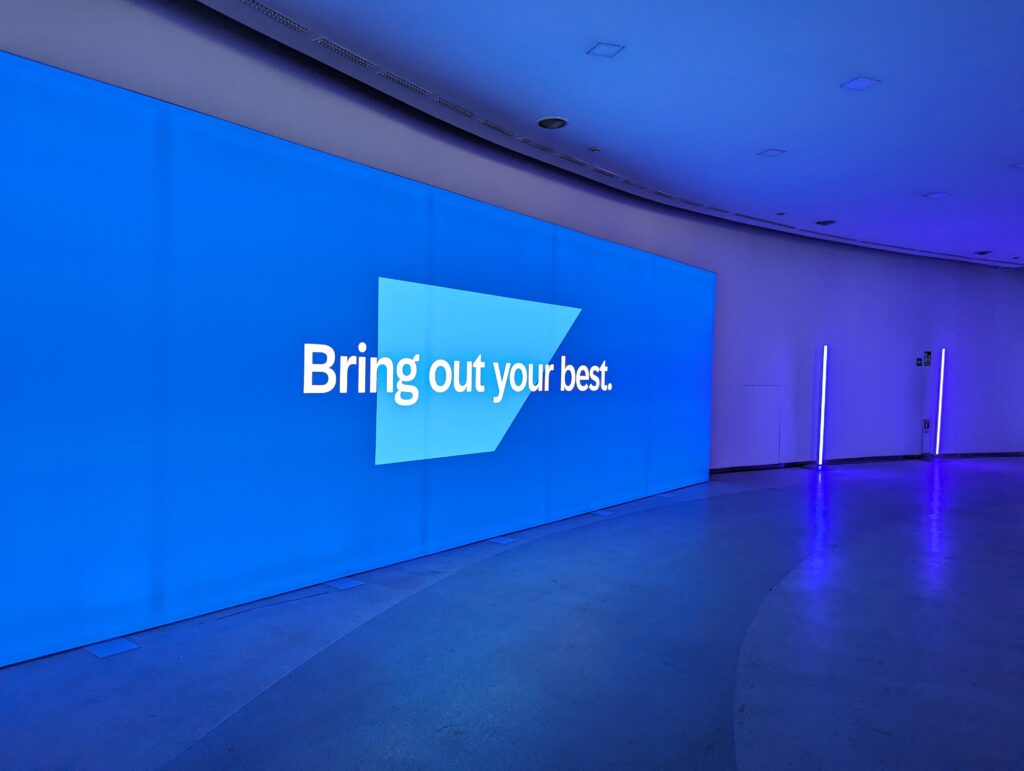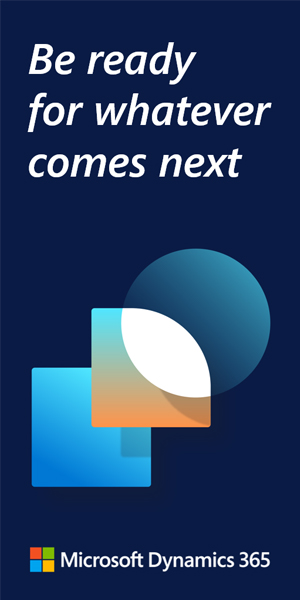CIO Thomas Buck talks cloud and sustainable transformation for electric powertrain engine technology firm, Vitesco Technologies, plus the possibilities of Industry 4.0, across its AWS, SAP and Microsoft stack.
Transformation is everywhere, from the move to cloud, to AI augmentation, the changing nature of the hybrid workforce and the development of Industry 4.0. Infused in all this change is a growing push towards better sustainability, on both the enterprise and customer-facing level.
One major tenet behind the Fourth Industrial Revolution is an automation of processes with the hope of leading enterprises to achieve better sustainability practices. An example from the B2C front is the rise of the electric vehicle (EV), a proposition from the automotive industry that offers the market promises of lower emissions and improved energy conversion efficiency. EVs provide the chance for sustainability transformation on a consumer level – and the same goes for traditional automobile makers switching some or all of their manufacturing lines to EV production.
Take the case of the multinational automotive parts manufacturer Continental, which in 2019 spun out its Vitesco Technologies Group AG division. Formerly known as Continental Powertrain, Vitesco Technologies develops drivetrain and powertrain technologies for hybrid electric, electric drive and combustion engines. Present from the beginning of the split-off venture was Vitesco CIO Thomas Buck, who moved from CIO for automotive at Continental to strap in for the spin-out ride.
In an exclusive interview with ERP Today, Thomas Buck reveals how the powertrain sector’s challenging pivot towards electromobility led to Vitesco becoming its own entity. The CIO also explains how this naturally led to a cloud transformation using SAP, driving the firm toward a real exploration of the Industry 4.0 concept.
“It meant a huge effort, a huge transformation of people, of skills, a change of products. And this needed some kind of agility and freedom to act,” Buck explains. “And the spin-off was really intended to give that new and smaller company the freedom that is needed to be successful in that transformation, to get the right speed in that transformation and become a market leader in this new field.”
And so Vitesco was formed, headquartered in Regensburg, Germany but “born in the cloud” – to quote Buck. The project ended in 2021, having begun just two years prior from total scratch.
“Continental itself did not own anything of Vitesco anymore, and that, of course, meant that we had nothing – no infrastructure, no valid contract, no valid license, nothing,” remembers Buck.
Taking a glance at the numbers bears out the true magnitude of the migration challenge: a then-500-strong workforce covering 30 locations, a total of 300 applications, around 215 different licenses and contracts needing renegotiation, 34,000 mailboxes and 30,000 users, including Vitesco clients.
It took Buck and Vitesco a few months to set up a cloud platform. The same speed came as Vitesco went for a cloud network provider, implementing a secure access service edge (SASE) network with embedded security.
“Basically a software defined as a service-provided network,” Buck explains. “So we had a basic infrastructure consisting of a network and a back-end platform in the cloud really quickly, so we could start migrating straight away.”
The hyperscaler of choice was Amazon Web Services (AWS) and built on the cloud foundation is a data platform as the basis for data analytics and artificial intelligence initiatives. Buck says Vitesco is currently building a GenAI platform on top of the data platform; but more on that burgeoning Industry 4.0 use case later.
Vitesco rises
Everything at Vitesco was moved onto the cloud, besides the one exception of its SAP provision. Vitesco was coming out of Continental with 90 SAP systems, with 20 different development systems. Buck describes this as a “very heterogeneous” landscape, “copied” over from Continental, with products such as SuccessFactors and Business Warehouse.
A few of these were moved to SAP’s S/4HANA, such as financial systems, with the rest moving once its RISE with SAP transition is completed by next year, as implemented with Vitesco’s migration partner, Accenture.
“In the beginning, we defined our target architectures: How many systems we would like to end up with, what the architecture should look like, what we want to have and what should disappear,” says Buck. “We started to develop templates for our future S/4 systems. In between that, we started a discussion about cloud.
“Knowing about all the possibilities when it comes to automatic processes and things like that will support the speed of our transformation if we have our SAP systems in the cloud. And so, we started in parallel, evaluating what it would mean to move our SAP systems out of the data center to a hyperscaler.”
Buck was drawn to the RISE strategy, finding it made the most sense. “Running a lot of very different SAP systems that made the world very complicated for me doesn’t really add value to our company,” as he elaborates.
RISE presented Buck with the option of having SAP in one part of the strategy with a newer way of receiving updates, whilst also aligning with his plans to shift to a hyperscaler and bring in more automation. But it’s not just a matter of simplification when it comes to the cloud for Vitesco, as Buck believes it to be the best platform for Industry 4.0 business processes.
“When we are in the cloud, the speed of innovation goes faster,” explains Buck.
AI in Industry 4.0
The future comes up a lot in conversation with Buck, with the eager CIO already thinking multiple steps ahead with his new cloud setup. The concepts are cutting-edge, in keeping with tenets of Industry 4.0 as a whole.
With Vitesco Technologies representing a newer section of the automotive industry, it may not be a surprise to note its forward-thinking use of enterprise tech. Arguably the company’s headspace is more of a late 2020s/early 2030s setting than those of others in the industrial space.
An example is how it’s using artificial intelligence. A proof of concept comes in utilizing GenAI for requirements engineering in software development. This approach to platform orientation can quickly evaluate company use cases, with two generic examples defined for Vitesco from a set of 35 and tested on a public type of environment.
As Buck explains: “First, you can create chatbots for a number of different applications. And the other one is the ability to fill a generative AI with our own company data to address questions towards the company data. These are the most generic use cases where we have once implemented them; we have almost 90 percent of the certified use cases already there.
“From there we can scale very fast. If you take, for example, the engineering use case with the requirements engineering, it basically means we need to be able to upload and use the requirements data in the GenAI environment.
“It’s true for all the other use cases. So, once we have those use cases running, we can scale very fast in all the 35 use cases […] We’ve just started building up the platform and expect it to be ready in April.”
One potential scenario with the tech comes from comparing requirements, as customers use a variety of formats, languages and expressions.
“The generative AI can compare requirements and figure out what requirements are basically the same,” says Buck. “It could even tell us if we already knew the requirements from a former project, even from a completely different customer.”
The AI is made possible by a core platform from AWS, which centralizes data from SAP and other sources. AWS was chosen ahead of other hyperscalers for its better conditions, and for having been a long-time partner of Vitesco with “very good” results.
On the AI front, both Google Cloud and Microsoft were considered alongside AWS. Vitesco has both Azure and AWS integrated into its cloud, but not Google. AWS won out again with the “best offer” – but promising AI evaluations have prompted Vitesco to start to integrate Google Cloud in its cloud management platform.
Buck is keeping tabs also on the AI provisions available through RISE with SAP, keen on having access to the embedded AI technology offered by cloud.
“They will provide it in the cloud […] and we have foreseen that AI technology will be a huge enabler, with everybody wanting it. It was part of the decision of RISE with SAP being the way forward for us.”
Sustainability 4.0
What is most interesting about Vitesco’s AI strategy is the dovetailing with its sustainability initiatives. In another bold example of what’s possible with Industry 4.0, AI helps the company manage its carbon footprint.
Buck gives a reminder that sustainability is the core of Vitesco’s business, the company representing the transformation from combustion engines to clean sustainable electric mobility. This thinking applies not just to the energy driving the vehicles it helps create, but also the manufacturing behind its technologies.
“You need to be able to provide the footprint of your product from cradle to grave, and this means across the borders of your own company,” notes the CIO.
For Vitesco operations, this requires sustainability reporting embedded in its overall company reporting. Such reporting is actualized by gathering data from all of its products, plants and providers. No mean feat, as Buck explains, with data being variable in quality and open to different interpretations.
“It also needs to be mapped to the official tables that are available for CO2 data. There is no one-to-one mapping, like having a certain number that can be mapped because our internal numbers cannot be mapped.
“So we thought that it should be possible, that if you don’t have a one-to-one mapping with a unique number, that a person can do it by comparing different data, different metadata, and then saying, ‘That’s the same product’. Of course, the official tables don’t reflect our serial numbers, but you know that’s the description, and that’s the size – so that’s the same product.”
Buck and his team figured that AI comes in handy here by sorting out this mapping, replacing a need for departments and buildings of data analysts to work on the problem (and without that automation, ERP Today notes, you may ironically be adding to your footprint through trying to solve it).
“So that’s what we did with AI,” Buck explains. “We have chosen a certain material area, collected all the products we had and tried the mapping supported by artificial intelligence. The result was close to 100 percent.”
The story doesn’t end there, though, as Vitesco has also used AI-created scenarios to improve its sustainability. This extends to drilling down to discover which of its providers result in a larger carbon footprint, and which countries the materials come from.
“It makes a huge difference if it’s produced in a country where energy is coming from coal versus where energy is coming from atomic sources,” Buck continues. “You can simulate certain scenarios with information like that and how our footprint would develop in that case.”
Buck sees scenarios that result from switching providers or keeping providers but delivering from a different country. For now, this remains an internal application, but the CIO looks forward to certifications from external sources which can help validate such tools for reporting purposes.
The industrial metaverse
The above innovations on cloud, AI and its push in achieving sustainability are currently very common marketing messages across vendors, but it has arguably meant less of a marketing effort for the industrial metaverse – that part of Industry 4.0 where one will find digital twins and extended reality (XR) in the factory or field.
While all the hype these days may be about GenAI, Vitesco has not abandoned the metaverse despite its own AI maneuvers. Buck reveals work on digital simulations of the production behind a product, even prior to a working prototype:
“We think we can ease the ramp-up of new lines with that. If you recognize very late in the process that there is some problem with the design of the product which makes it difficult to produce it, you have to go back to the design. That costs a lot of time, right?
“But if we connect engineering and manufacturing in the metaverse based on three-dimensional data, we think we can really simulate a lot and speed up our processes a lot.”
This has been proven by a digital twin of a production line which operates on real-time data in the metaverse, as built by Vitesco on a Microsoft platform. If extrapolated, it can solve the skills challenge of moving lines to a new plant or opening a new plant entirely with training completed virtually through cloud-based digital twins, instead of moving people around various real-world locations.
For CIOs curious about the metaverse, Buck advises to keep an eye on trends and ensure your team is motivated.
“You will find somebody in your organization who is very motivated to [manage such projects and] learn new things,” he says. “This is what everyone wants right? They want to get their hands on new technology. And then it’s on us [CIOs] to figure out where the benefit for the company will be.”
New technology sums up the Vitesco story well, and Buck and the team certainly have in their hands a next-gen and beneficial set of tools: AI, digital twins and a green ledger, as powered by a mixture of technologies from AWS, SAP and Microsoft. One could call it an electric transformation, born in the cloud to take on the electrified world of the 2030s.






